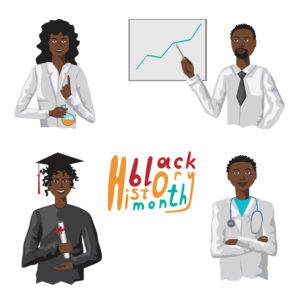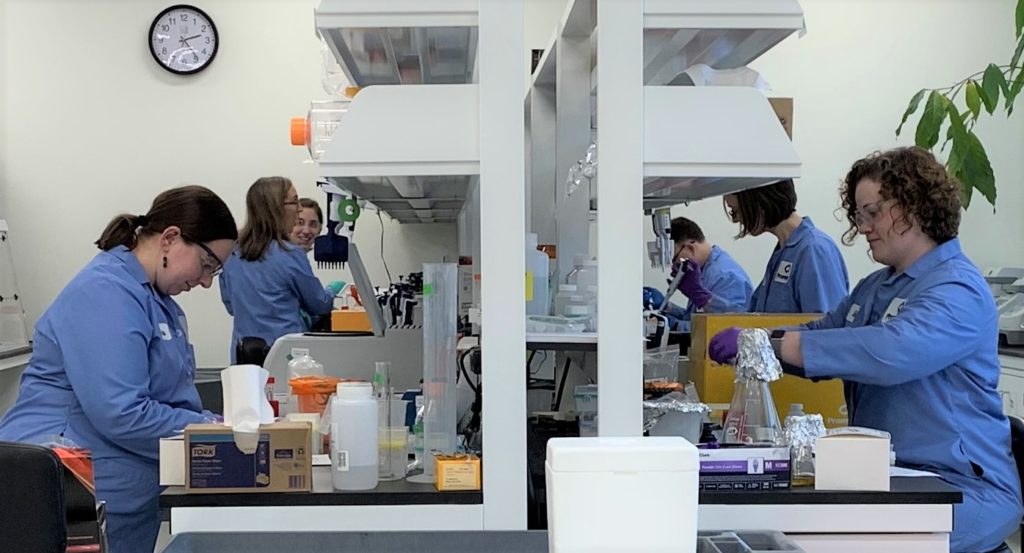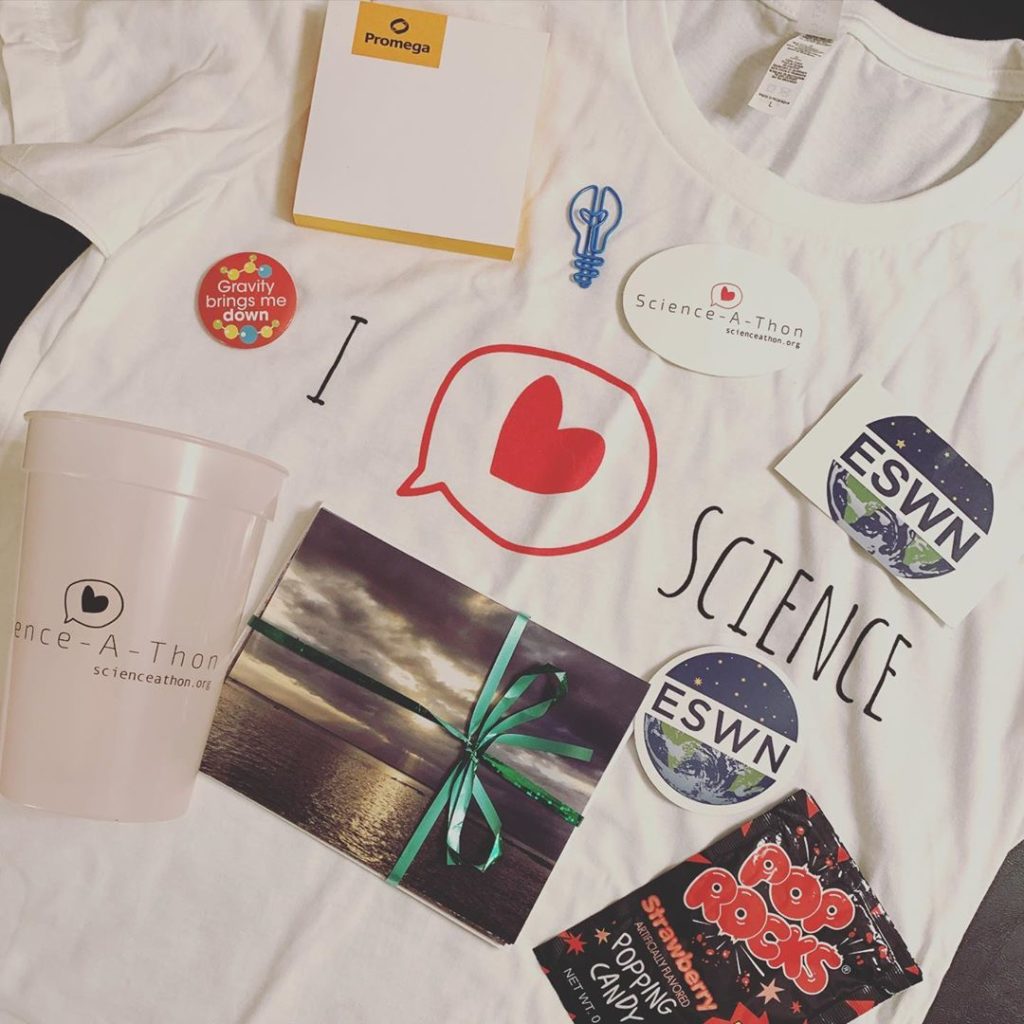Within the broader March-long observance of Women’s History Month, March 8th marks the annual International Women’s Day. It’s a day of both celebration and reflection, dedicated not only to honoring the accomplishments and contributions that women bring to the table, but also to critical analysis of the areas where gender inequality still persists.
Although we’ve made big strides in the last few decades, women are still significantly under-represented in many fields of science, technology, engineering and mathematics (STEM). Women make up nearly 50% of the US workforce, but less than 30% of that number are STEM workers, and with women comprising less than 30% of the world’s researchers.
In honor of this year’s theme for International Women’s Day, Break the Bias, and as a woman in science myself, I was interested in exploring the challenges of anyone who identifies and lives as a woman in science, and the key factors that continue to perpetuate the gender gap in STEM fields. I invited eight of my female colleagues at Promega—diverse in roles, age, educational background, ethnicity, and experience—to sit down with me (virtually) to learn more about them and their experiences as women in STEM.
Continue reading “Breaking the Bias: Addressing the STEM Gender Gap”






